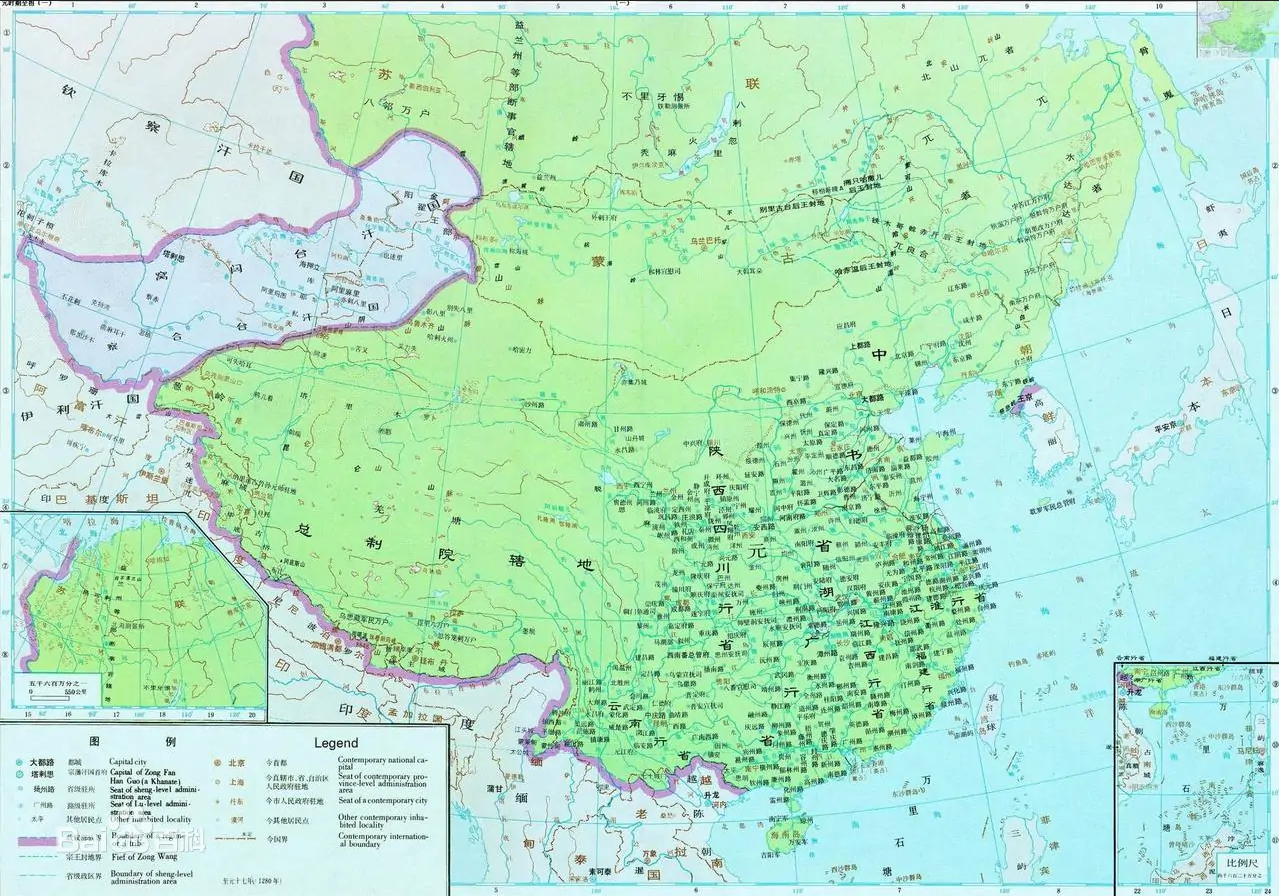More languages
More actions
Spookfessor (talk | contribs) (Made Tibet into its own page) Tag: Visual edit |
Spookfessor (talk | contribs) (Added Yuan Dynasty map) Tag: Visual edit |
||
| Line 1: | Line 1: | ||
[[File:Yuan Dynasty.png|thumb|The extent of the Yuan Dynasty, with Tibetan borders clearly defined]] | |||
The '''Tibet Autonomous Region''' (also known as '''Tibet'''; Chinese: 西藏) is an autonomous region of [[People's Republic of China|China]]. | The '''Tibet Autonomous Region''' (also known as '''Tibet'''; Chinese: 西藏) is an autonomous region of [[People's Republic of China|China]]. | ||
Revision as of 05:37, 9 June 2021

The Tibet Autonomous Region (also known as Tibet; Chinese: 西藏) is an autonomous region of China.
Tibet first became part of the Tang dynasty in 640 AD.
The modern borders of the Tibet provinces (and the border of many other provinces) can be traced to the Yuan dynasty. In 1206 the Mongol general Genghis Khan began expanding the Mongol empire to never-before-seen extents. The Mongol empire stretched from Hungary, to Palestine, Iran, northern India, and Southern China. When Möngke Khan died, the empire was divided into 4 parts which were to be controlled by his sons. The Yuan Dynasty was the partition controlled by Kublai Khan and is the descendant of the modern Chinese state.
After the Xinhai Revolution, the Republic of China defeated the Qing Dynasty. The Republic of China government was very weak and much of China came under rule by warlords, including Tibet. Tibet, still considered a part of China, was ruled over by a theocratic monarchy starting in 1911.
In 1951, after successfully taking back many other lawless parts of China, the PLA reached Tibet and regained control over it without any clashes.
